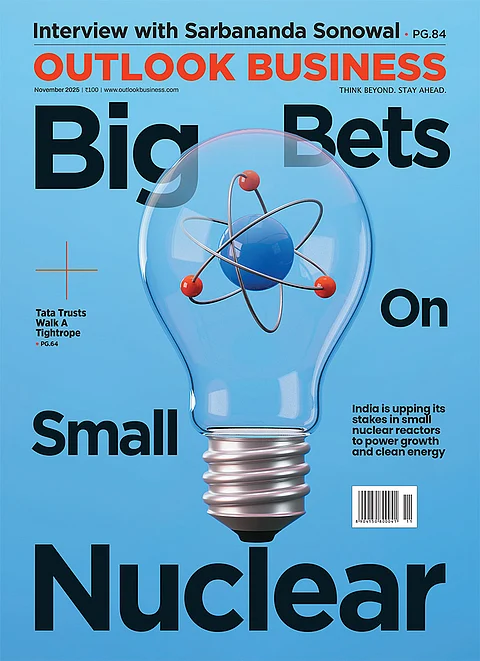Three decades ago, a screen in the living room was called the idiot box. For those of us born in the 1980s, screen time was rationed like sugar in wartime. Watch too much, we were told, and you'd end up with weak eyesight, poor posture, and—this was the ultimate parental curse—poor marks in school exams.
But today, that glass rectangle has shrunk, slipped into our pockets and transformed into something radically more powerful. For a generation of Indian teens, being “glued to the phone” is no longer a warning sign. It’s a career plan.
This issue’s cover story tells a tale as contemporary as it is consequential: Gen Z, raised on YouTube tutorials and Instagram reels, is turning its back on the old scripts. Medical entrance exams, engineering degrees, MBAs—they still matter, but are quickly losing their dominance of the cultural imagination. Instead, a new class of young Indians is betting it all on the creator economy.
As a parent of a five-year-old daughter, I often find myself caught in this moral seesaw. Do I limit screen time, as the experts recommend, or let her navigate the world as it is—saturated with screens, shaped by them? Do I nudge her towards "safe" careers with pension plans and performance reviews, or allow her the choice to step aside if she seeks to become a creator?
The flip side of democratised fame is the brutality of the algorithm. Followers plateau. Trends shift.
Over 4mn creators are active in India and the average influencer with 10,000 followers can earn anywhere from Rs 500 to Rs 5,000 per reel. But earnings are wildly uneven, and so is stability. For every creator with a million-plus following, there are thousands treading water, hoping their next post will break through.
Our story neither glamorises nor dismisses the creator dream. It investigates it. Our reporters followed the stories of college dropouts who made it big—and others who didn’t. We tracked down nano-influencers posting skin-care reviews from Tier-II towns and platform policies quietly reshaping what goes viral. We spoke to psychologists and marketers. We explored the government’s $1bn initiative to support the creator economy.
What emerges is a complex, deeply human story. What does it mean when a nation’s brightest minds spend their 20s trying to make ads rather than creating technologies of the future?
And yet, to simply mourn the shift is to miss the point. Every generation has defied its predecessor’s script. The liberal arts major of yesterday was once the black sheep of a family full of engineers. The theatre kid, the start-up founder, the chef—they all walked off the main road at some point.
What matters now is how we, as parents, citizens and journalists, respond. Steve Jobs famously kept the iPad away from his kids. In a 2010 interview with The New York Times, Jobs stated, “They haven’t used it. We limit how much technology our kids use at home”.
But this much is clear: the job of a parent isn’t to dictate the future. It’s to witness it. Guide it. And, once in a while, to be brave enough to get out of the way.












